Top 6 Features That Define High-Performance Conical Linear Polarization Horn Antennas
In today's demanding microwave communication landscape, engineers face critical challenges when selecting antennas that must deliver consistent performance across extreme environments while maintaining signal integrity over vast distances. The Top 6 Features That Define High-Performance Conical Linear Polarization Horn Antennas address these pain points directly, offering solutions for satellite communications, defense systems, and aerospace applications where failure is not an option. This comprehensive guide reveals the essential characteristics that separate premium Conical Linear Polarization Horn Antenna systems from conventional alternatives, empowering engineers to make informed decisions for mission-critical applications requiring uncompromising reliability and performance excellence.
Advanced Conical Design Architecture for Superior Performance
Optimized Geometry and Electromagnetic Propagation
The foundation of any high-performance Conical Linear Polarization Horn Antenna lies in its meticulously engineered conical architecture. This distinctive geometric design enables uniform electromagnetic wave propagation from the narrow waveguide aperture to the broader horn opening, creating an impedance transformation that minimizes signal reflections and maximizes power transfer efficiency. The conical structure provides a gradual transition that allows electromagnetic fields to expand naturally, reducing unwanted mode excitation and maintaining polarization purity throughout the frequency range. Advanced manufacturing techniques ensure precise control over the cone angle, which directly influences the antenna's radiation characteristics. The carefully calculated flare angle determines the balance between directivity and beamwidth, enabling engineers to optimize performance for specific applications. Modern Conical Linear Polarization Horn Antenna designs incorporate computational electromagnetic modeling to achieve optimal geometry, resulting in superior gain characteristics and reduced sidelobe levels that are essential for high-performance communication systems.
Material Selection and Structural Integrity
The structural integrity of a Conical Linear Polarization Horn Antenna depends heavily on material selection and manufacturing precision. High-grade aluminum alloys with specialized corrosion-resistant coatings provide the durability necessary for harsh environmental conditions while maintaining excellent electrical conductivity. The material properties directly affect the antenna's insertion loss, return loss, and long-term reliability under temperature cycling and mechanical stress. Electroforming and precision machining techniques ensure dimensional accuracy that is critical for maintaining consistent performance across the specified frequency range. The smooth internal surfaces minimize ohmic losses and prevent unwanted reflections that could degrade signal quality. Quality control measures during manufacturing verify that each Conical Linear Polarization Horn Antenna meets stringent specifications for aperture size, wall thickness uniformity, and surface finish quality.
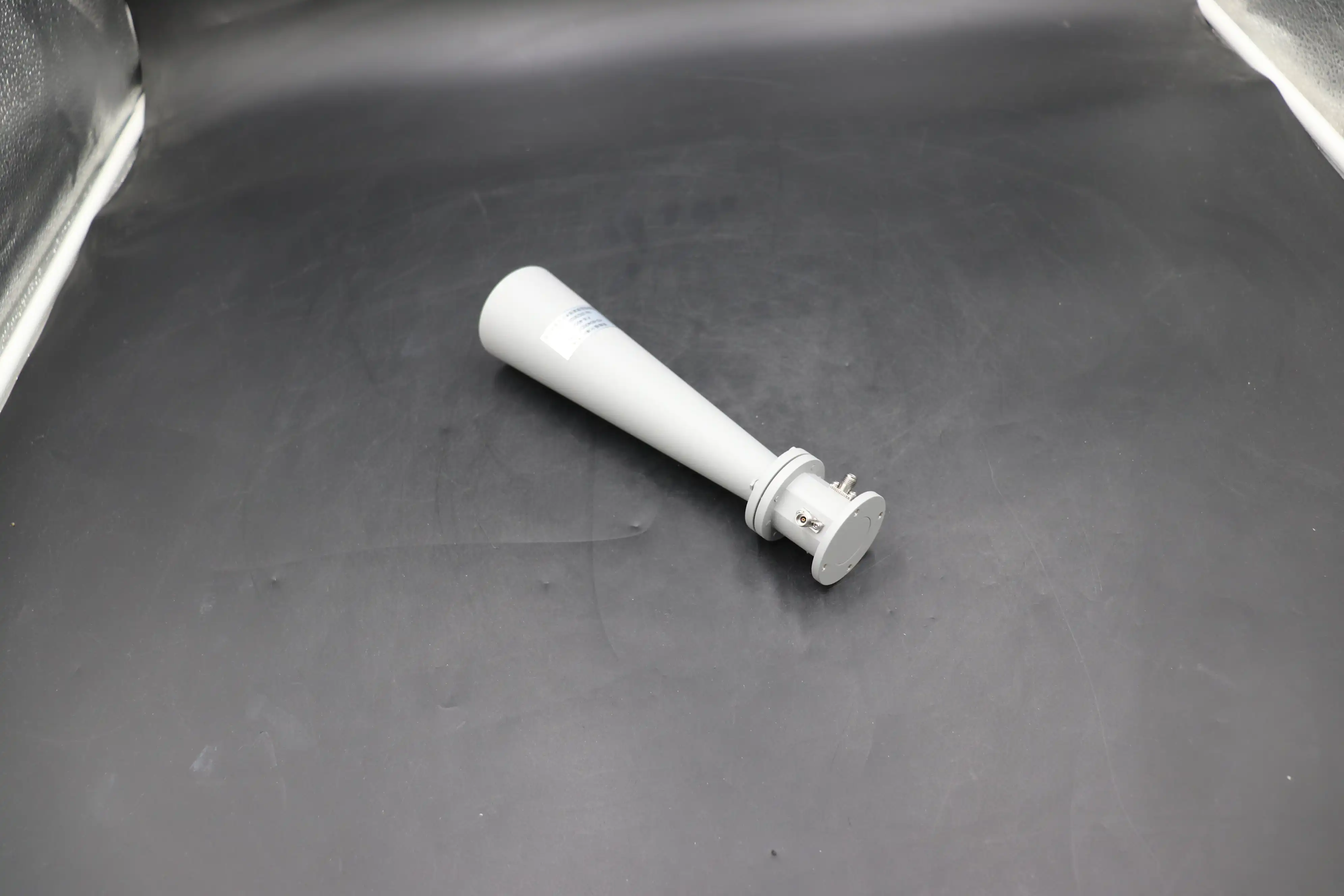
Wide Frequency Range Coverage and Bandwidth Capabilities
Broadband Performance Characteristics
Modern high-performance Conical Linear Polarization Horn Antenna systems excel in providing consistent performance across exceptionally wide frequency ranges, typically spanning from 1 GHz to 110 GHz. This remarkable bandwidth capability stems from the inherent wideband nature of the conical horn geometry, which naturally accommodates multiple frequency bands without requiring complex matching networks or frequency-selective components. The broadband characteristics enable a single Conical Linear Polarization Horn Antenna to support multiple communication standards and protocols simultaneously, reducing system complexity and installation costs. This versatility is particularly valuable in satellite ground stations, where different frequency bands are used for uplink and downlink communications, telemetry, and control functions.
Frequency-Independent Radiation Patterns
One of the most significant advantages of well-designed Conical Linear Polarization Horn Antenna systems is their ability to maintain stable radiation patterns across the entire operating frequency range. This frequency independence ensures consistent coverage patterns and predictable link performance, regardless of the specific frequency being used within the antenna's operating bandwidth. The stable radiation characteristics result from the careful optimization of the horn's dimensional ratios and flare profile. Engineers can rely on consistent gain, beamwidth, and sidelobe performance across all operating frequencies, simplifying system design and reducing the need for frequency-specific calibrations or adjustments.
Linear Polarization Purity and Signal Integrity
Polarization Control and Isolation
High-performance Conical Linear Polarization Horn Antenna systems maintain exceptional polarization purity, which is crucial for applications requiring high signal-to-noise ratios and minimal interference. The linear polarization characteristics ensure compatibility with existing communication systems while providing the flexibility to adapt to different polarization requirements through the use of external polarization converters or rotators. The antenna's ability to maintain consistent polarization orientation across its operating frequency range prevents signal degradation due to polarization mismatch. This consistency is particularly important in satellite communication systems where precise polarization alignment is essential for optimal link performance and interference rejection.
Cross-Polarization Suppression
Superior cross-polarization suppression is a hallmark of premium Conical Linear Polarization Horn Antenna designs. Advanced geometrical optimization and manufacturing precision ensure that unwanted cross-polarized signals remain well below acceptable thresholds, typically achieving isolation levels exceeding 25 dB across the operating frequency range. This exceptional cross-polarization performance enables frequency reuse schemes and reduces interference in dense communication environments. The consistent suppression characteristics across the antenna's bandwidth ensure reliable performance in applications where multiple polarizations are used simultaneously.
High Gain Performance and Directivity Control
Aperture Efficiency Optimization
The gain performance of a Conical Linear Polarization Horn Antenna is fundamentally determined by its aperture efficiency and physical dimensions. Modern high-performance designs achieve aperture efficiencies exceeding 70%, translating the physical aperture area into maximum directional gain. This efficiency is maintained through careful control of the amplitude and phase distribution across the antenna aperture, minimizing spillover losses and optimizing the utilization of the available aperture area. The high gain characteristics enable long-distance communication links with reduced transmitter power requirements or improved receiver sensitivity. In satellite communication applications, every decibel of antenna gain directly translates to improved link margins and system reliability, making high-performance Conical Linear Polarization Horn Antenna systems essential for mission-critical communications.
Beam Shaping and Sidelobe Control
Advanced Conical Linear Polarization Horn Antenna designs incorporate sophisticated beam-shaping techniques to optimize radiation patterns for specific applications. The ability to control sidelobe levels below -20 dB ensures minimal interference with adjacent systems and improved signal security. Beam shaping capabilities allow engineers to tailor the radiation pattern to match coverage requirements, whether for point-to-point links or area coverage applications. The controlled radiation characteristics result from precise optimization of the horn's internal geometry and, in some cases, the incorporation of corrugated surfaces or dielectric loading. These techniques enable fine-tuning of the radiation pattern while maintaining the fundamental advantages of the conical horn design.
Environmental Durability and Operating Temperature Range
Thermal Stability and Material Properties
High-performance Conical Linear Polarization Horn Antenna systems must operate reliably across extreme temperature ranges, typically from -40°C to +85°C, without significant performance degradation. The thermal stability is achieved through careful material selection and thermal compensation techniques that account for expansion coefficients and temperature-dependent electrical properties. Advanced materials and coatings protect against corrosion, oxidation, and other environmental factors that could affect long-term performance. The robust construction ensures consistent electrical characteristics despite thermal cycling, humidity exposure, and other environmental stresses commonly encountered in outdoor installations.

Weather Resistance and Mechanical Durability
The mechanical design of premium Conical Linear Polarization Horn Antenna systems incorporates features that ensure reliable operation in harsh weather conditions. Sealed construction prevents moisture ingress, while robust mounting interfaces accommodate wind loading and thermal expansion without affecting electrical performance. The durability characteristics extend to resistance against UV radiation, salt spray, and other environmental factors that can degrade antenna performance over time. Quality construction techniques and materials ensure that the antenna maintains its specifications throughout its operational lifetime, reducing maintenance requirements and total cost of ownership.
Conclusion
High-performance Conical Linear Polarization Horn Antennas distinguish themselves through six critical features: advanced conical design architecture, wide frequency range coverage, linear polarization purity, high gain performance, environmental durability, and precise manufacturing quality. These characteristics work synergistically to deliver superior performance in satellite communications, defense systems, and aerospace applications where reliability cannot be compromised.
Cooperate with Advanced Microwave Technologies Co., Ltd.
Advanced Microwave Technologies Co., Ltd. stands as your premier China Conical Linear Polarization Horn Antenna manufacturer, offering over 20 years of expertise in microwave technology. As a leading China Conical Linear Polarization Horn Antenna supplier and China Conical Linear Polarization Horn Antenna factory, we provide comprehensive solutions from our state-of-the-art 24m Microwave Darkroom facility. Our ISO-certified manufacturing processes ensure High Quality Conical Linear Polarization Horn Antenna products at competitive Conical Linear Polarization Horn Antenna prices. Whether you need China Conical Linear Polarization Horn Antenna wholesale quantities or custom OEM solutions, our expert team delivers reliable products with global shipping capabilities. Contact us at craig@admicrowave.com for your Conical Linear Polarization Horn Antenna for sale requirements and discover why leading organizations trust our advanced microwave solutions.
FAQ
Q: What frequency range do high-performance conical linear polarization horn antennas typically cover?
A: Modern high-performance models typically operate from 1 GHz to 110 GHz, providing exceptional bandwidth for diverse communication applications.
Q: How does the cone angle affect antenna performance?
A: The cone angle directly influences beamwidth, gain, and radiation pattern symmetry, requiring precise optimization for specific applications.
Q: What makes conical horn antennas suitable for harsh environments?
A: Robust aluminum construction with corrosion-resistant coatings ensures reliable operation from -40°C to +85°C with excellent weather resistance.
Q: What gain levels can be expected from quality conical linear polarization horn antennas?
A: High-performance designs typically achieve gains of 20 dB or higher with aperture efficiencies exceeding 70% across their operating bandwidth.
References
1. Balanis, Constantine A. "Antenna Theory: Analysis and Design" - Comprehensive analysis of horn antenna design principles and performance characteristics.
2. Milligan, Thomas A. "Modern Antenna Design" - Advanced techniques for optimizing horn antenna radiation patterns and efficiency.
3. Silver, Samuel "Microwave Antenna Theory and Design" - Classical foundation text covering electromagnetic theory and horn antenna applications.
4. Stutzman, Warren L. and Thiele, Gary A. "Antenna Theory and Design" - Contemporary approaches to antenna engineering including conical horn optimization methods.
YOU MAY LIKE
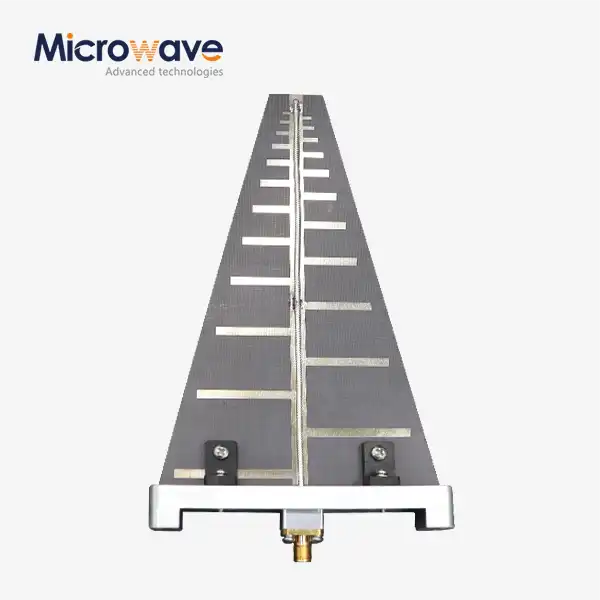 VIEW MORELog Periodic Antenna
VIEW MORELog Periodic Antenna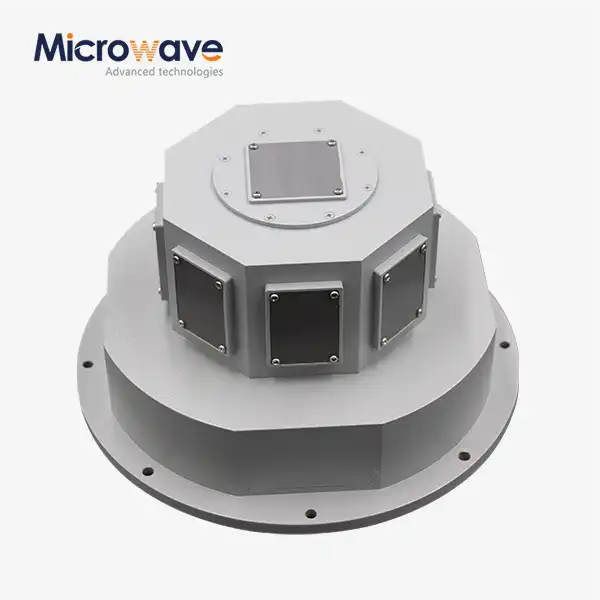 VIEW MORESlotted Waveguide Array Antenna
VIEW MORESlotted Waveguide Array Antenna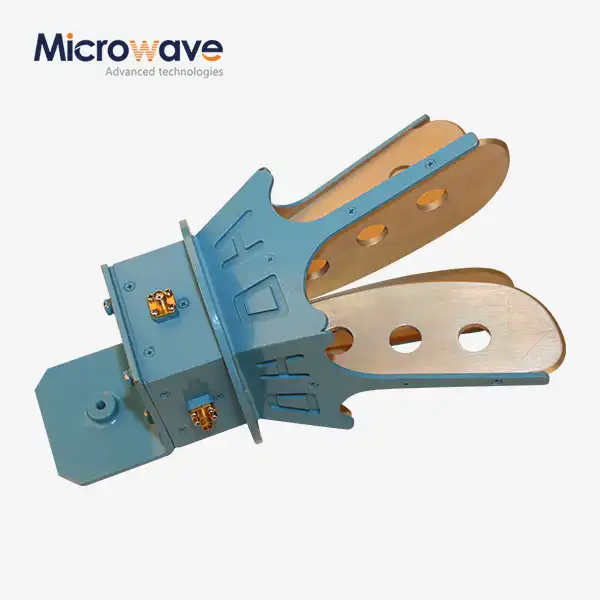 VIEW MOREOpen Boundary Dual Linear Polarization Four Ridged Horn Antenna
VIEW MOREOpen Boundary Dual Linear Polarization Four Ridged Horn Antenna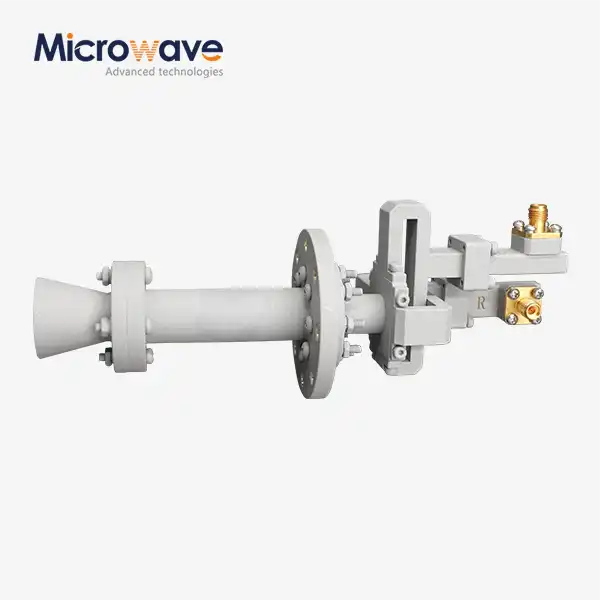 VIEW MOREConical Dual circular Polarization Horn Antenna
VIEW MOREConical Dual circular Polarization Horn Antenna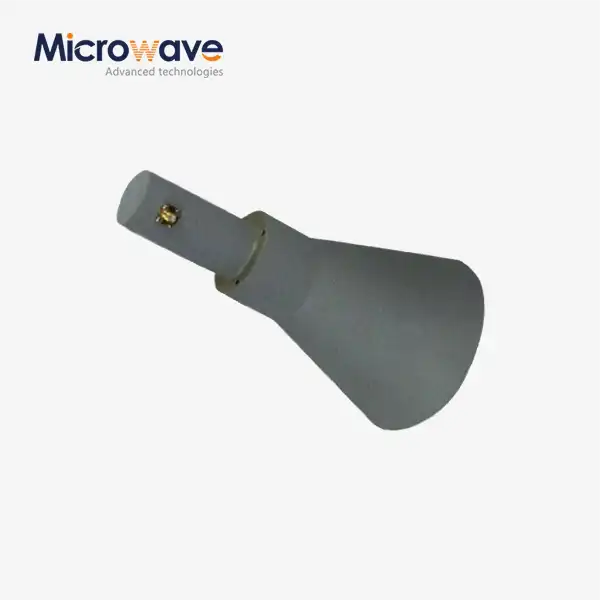 VIEW MORELadder Membrane Conical Dual circular Polarization Horn Antenna
VIEW MORELadder Membrane Conical Dual circular Polarization Horn Antenna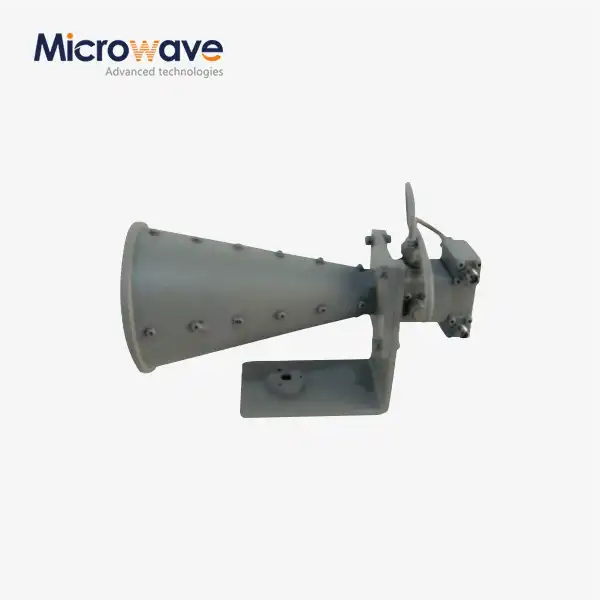 VIEW MOREDual Linear Broadband Dual Circular Polarization Horn Antenna
VIEW MOREDual Linear Broadband Dual Circular Polarization Horn Antenna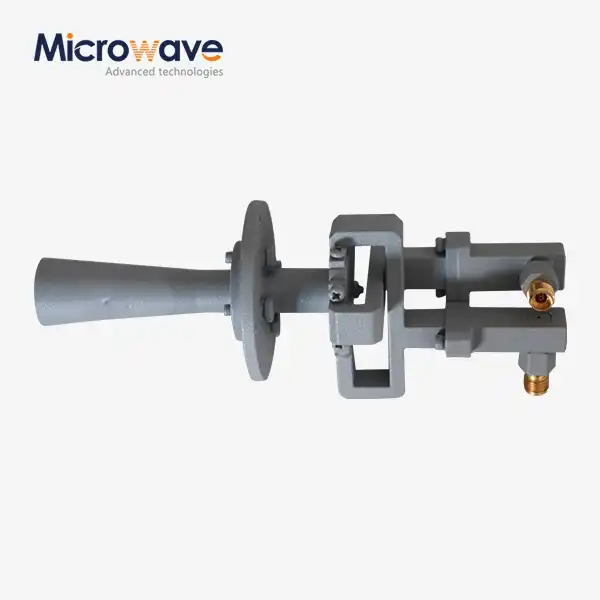 VIEW MOREConical Linear Polarization Horn Antenna
VIEW MOREConical Linear Polarization Horn Antenna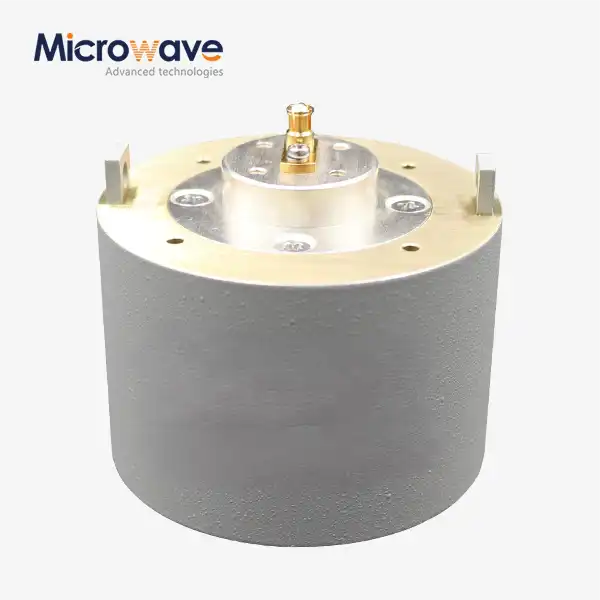 VIEW MOREPlanar Spiral Antenna
VIEW MOREPlanar Spiral Antenna




